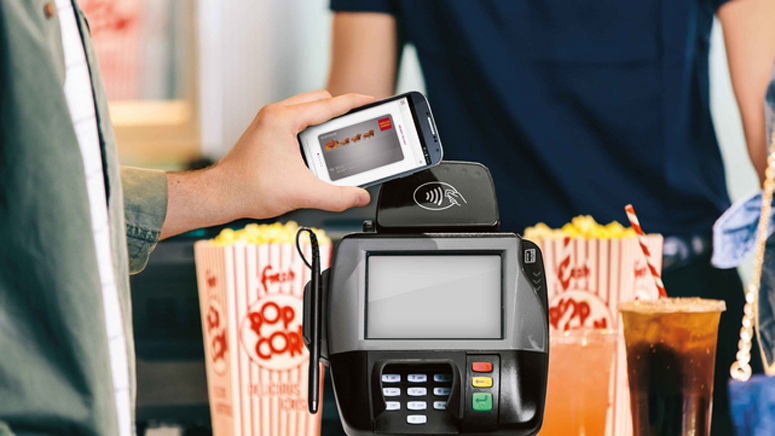This blog was originally posted on January 30, 2014 and was last updated on July 24, 2018
This huge growth of the mobile payments market can be partly traced back to 2014, when Google moved to incorporate host card emulation (HCE) functionality into Android KitKat 4.4.
So, what is HCE and why has it played such an important role in the development of the payments ecosystem?

What is card emulation?
To understand HCE, it is important to firstly understand standard card emulation.
Card emulation allows a mobile device to mimic a smartcard, enabling users to make purchases, display tickets, vouchers and present identification.
It works by transmitting the data received from the point-of-sale terminal, for example, between the NFC controller to the physical secure element (SE), which is either embedded in the phone or contained within the SIM card/UICC.
There are, however, a number of challenges to using a physical SE, such as the complex business models required to gain access, and capacity and processing limitations.
Understanding HCE for payments
HCE addresses these challenges by enabling the SE to be placed in a remote and hosted cloud environment, rather than inside the mobile device.
This model has a number of benefits, including increased flexibility, greater storage and processing power, and no need for certification of the SIM as it does not house the payment application.
With pure cloud solutions, the device does not require a physical secure element as the transaction is processed remotely. It is also possible to implement a hybrid solution where a physical secure element is used in collaboration with a cloud platform, offering advanced security.
Application issuers can therefore take control of their deployments by in-sourcing a Secure Element in the Cloud platform, simplifying the launch and use of NFC-based mobile payment services.
Interested in learning more about host card emulation and its influence on the industry? Read our blogs or watch our HCE video.

